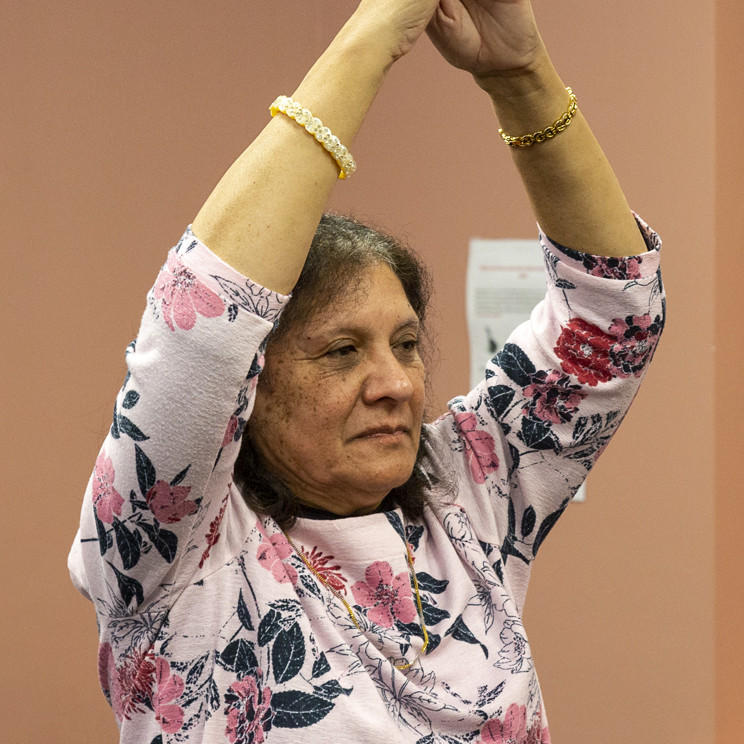Complementary therapies are used in addition to or alongside conventional medical treatments for cancer.

Complementary therapy
These include psychological and physical approaches. Some of these are proven to have benefits such as relieving symptoms and side effects and improving quality of life.
Advice about cancer and its treatment should only be provided by a person’s cancer treatment team, GP or whānau doctor.
If you are using, or plan to use, any of the following complementary therapy methods, we encourage you to discuss this with your cancer treatment team. This is important as some therapies may change how your conventional cancer treatment works.
A complementary therapist should not claim to be able to cure your cancer. You need to let them know about your cancer treatment, and any other health issues, so they can make sure the treatment they are providing to you is safe.
Alongside your treatment, complementary therapy can help you cope with your cancer diagnosis by:
- Improving your quality of life
- Improving your general health and wellbeing
- Giving you a sense of control during your cancer experience
- Helping you feel less anxious, fearful or stressed
- Improving your sleep
- Helping with depression
- Helping reduce symptoms of cancer and side effects of chemotherapy or radiation treatment, for example, pain, nausea, loss of appetite, breathlessness, constipation, diarrhoea and fatigue (extreme tiredness)
What are the different types of complementary therapy?
There are many complementary therapies that can be used with conventional treatment and there are different groups of therapies.
Types of complementary therapy include:
BODY THERAPIES
Body therapies work by moving different parts of your body and include:
- Gentle massage to help circulation (blood flow), ease tension (loosen tight muscles) and lower stress
- Reflexology to use pressure points on the feet and hands to remove pain felt in different parts of the body
- There is no evidence from gold-standard research that osteopathy or chiropractic therapy help cancer patients. In some cases, especially if the cancer involves your bones, these treatments may be harmful. You should talk to your cancer treatment team before trying these treatments. More research is needed in this space.
MIND/BODY THERAPIES
These therapies come from the belief that you can improve the health of your body through the power of your mind, and include:
- Hypnosis - using suggestion to help with healing or mental wellbeing
- Art therapy - using creative ways to help you cope with your feelings
- Meditation - using relaxation and breathing methods to relax you and make you feel calm
- Yoga - using a set of exercises for movement and breathing to control the body and mind
- Biofeedback- using technology, such as heart rate monitor, to teach people how certain body parts and systems work, and how they are affected
ENERGY-BASED THERAPIES
These therapies are based on the belief that the body is made up of energy fields that can be used to heal or promote wellness. These include:
- Reiki and therapeutic touch: the belief is that therapists balance inner vital energy by using their hands to move over energy fields in the person’s body
- Tai chi: a Chinese martial art combining controlled breathing, concentration and balance with slow and gentle movements.
How much do complementary therapies cost?
Some complementary therapies can cost a lot of money and have no effect or even harmful effects. Make sure that you ask how much the therapy will cost before you decide to go ahead.
Speak with your local Cancer Society to find out what complementary therapies are available in your local community.
